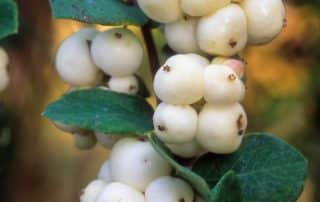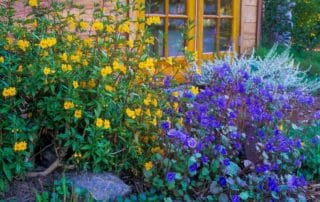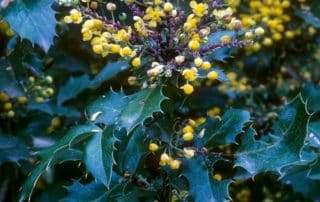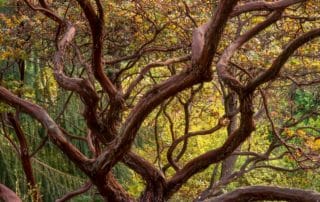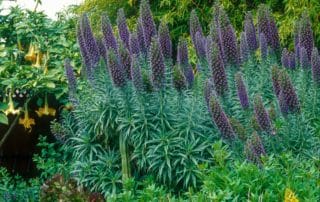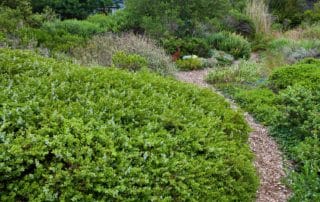Snowberry
Symphoricarpos albus Snowberry (Symphoricarpos albus) is one of those plants that remind you that California does, after all, have seasons. A delicate-looking shrub with a strong constitution, snowberry has small, somewhat sparse, oval to slightly lobed blue-green leaves and an airy, rounded habit. The early summer flowers are bell-shaped and pinkish white, not particularly showy but quite charming clustered at the ends of branches and attractive to hummingbirds. The fall berries are indescribably lovely to behold. Clusters of large, brilliant white, waxy fruits stand out against any background. There are few shrubs with berries as white and wonderful


